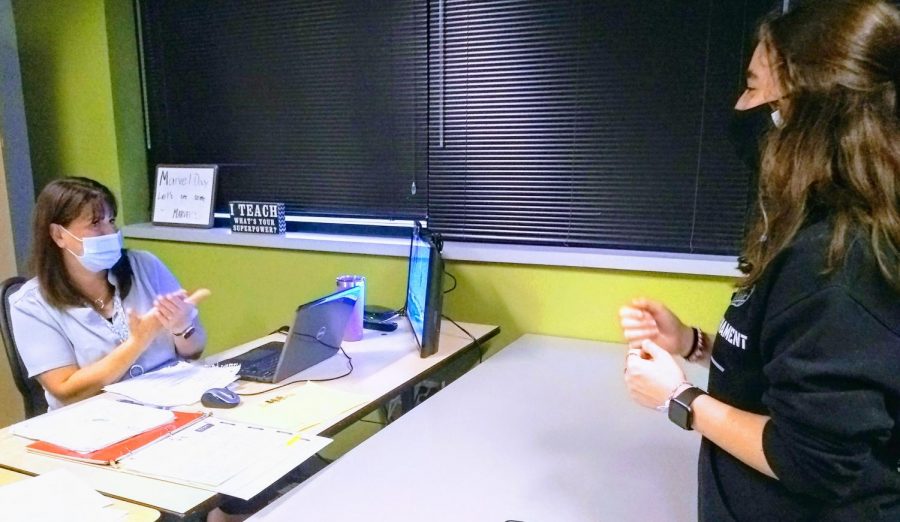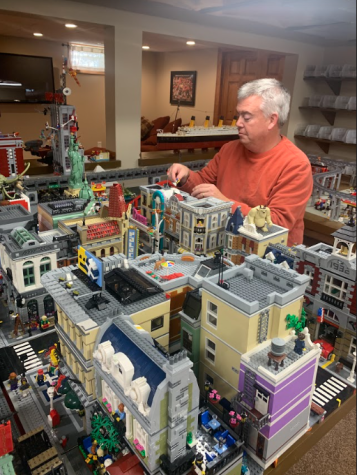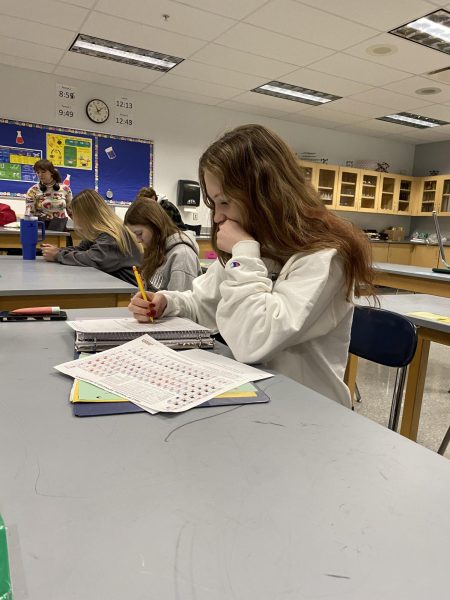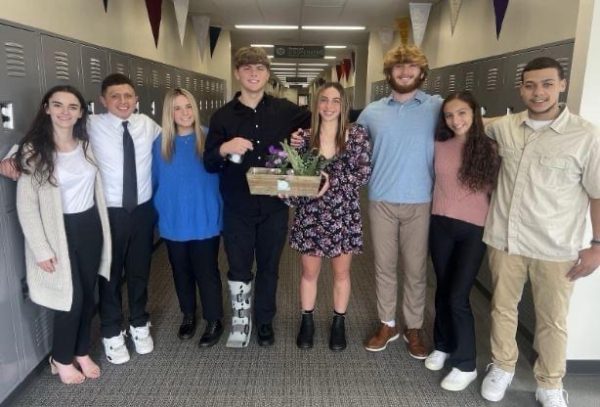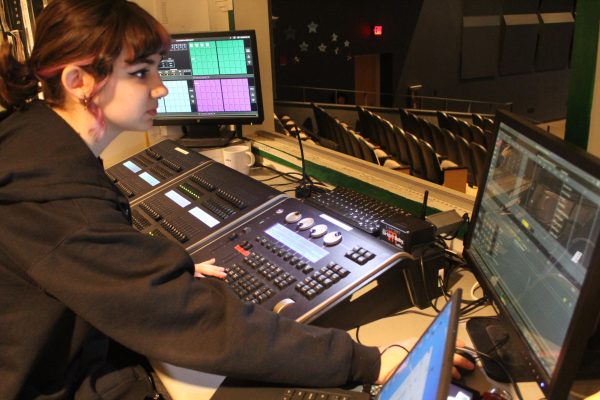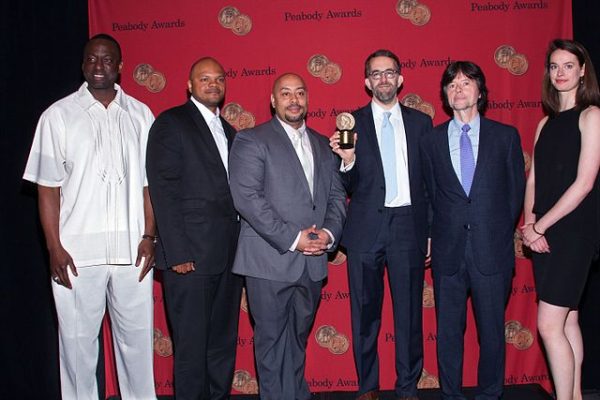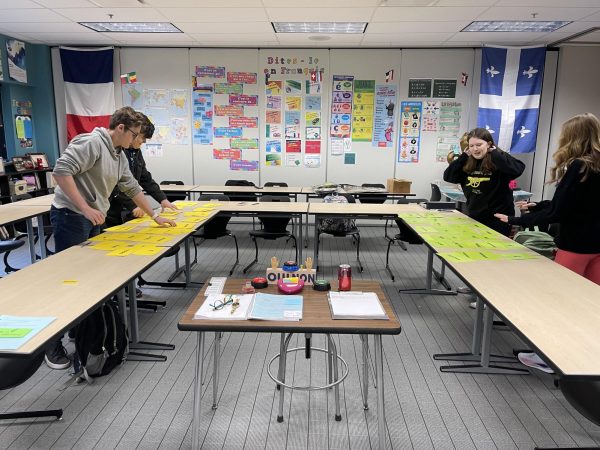American Sign Language: students vs. masks
ASL students struggle with masks in a hands-on learning environment
Mrs. Kelly, one of the ASL teachers, signs to one of her sophomore students, Alexandra Salvino, about what they are going to be doing in class.
Facial expressions have not been able to be seen in schools for a year and a half. Masks may help keep the virus away, but they also stop everyone from knowing if people are smiling or frowning.
This has been especially difficult for American Sign Language students even if they have taken the class before like second year student Devyn Ball.
“Some signs require certain facial expressions or else they would be completely different sign,” sophomore Devyn Ball said.
The mask mandate and social distancing requirements have brought up new struggles for the students learning American Sign Language, a fact which second year ASL student Alexandra Salvino further explains.
“It can be because it’s not as easy to see their facial expression or hand shape. If they are farther away then seeing small yet important things can be harder and change the meaning of the question,” sophomore Alexandra Salvino said.
The social distancing rules that have been set in place cause students to be more easily confused when having practice conversations with other students, especially for the people who are taking ASL for the first time.
“Since we have to be apart, sometimes you mess up certain signs more easily since some of them look similar,” freshman Nathan Wise said.
Sign language consists of many different hand gestures that can have multiple meanings if you do not pay close attention. Miscommunication is a reoccurring struggle among students learning American Sign Language.
Mrs. Kelly, one of the American Sign Language teachers at GlenOak, is deaf. This adds another layer of difficulty for students who are trying to learn how to interact with people who communicate in a different way.
“It affected teaching ASL by wearing the mask as I read lips very well and can’t read lips with the masks,” Nicole Kelly said.
Compared to other classes these students are taking, masks have more of an effect on their American Sign Language experience than anything else. A second year ASL student, Anna Krueger, describes what this has been like for her this school year.
“I would say it’s pretty difficult to learn ASL while wearing masks because the language uses a lot of facial expressions and there’s no talking, while with other classes everything we do is verbal,” sophomore Anna Krueger said.
Teachers have adapted to the restrictions by using the resources they have to continue to educate and motivate their students just like Mrs. Jackson, one of the ASL teachers at GlenOak.
“I think I have become more organized and have improved my communication. I post just about everything on Classroom so that students, whether they are there or not, know what is happening,” Stacy Jackson said.
Both students and teachers have made changes to the way they communicate with each other. These changes have allowed people to overcome the barriers masks present, allowing learning in the classroom to continue.
Your donation will support the student journalists of GlenOak High School. Your contribution will allow us to purchase equipment and cover our annual website hosting costs.

